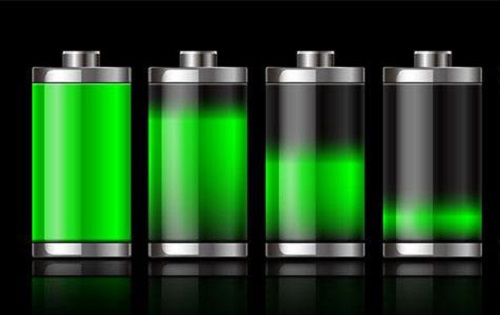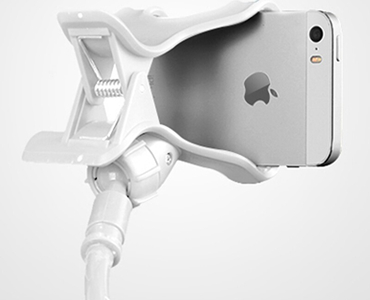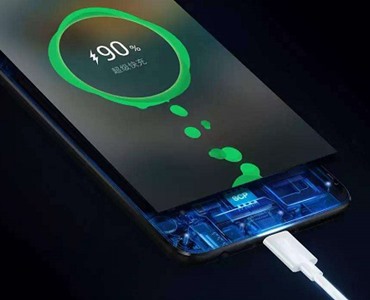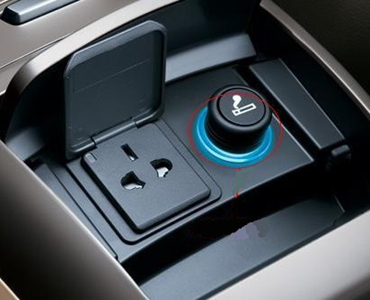362 views Yuda Electronic (HK) Technology Co.,Limited. 2021-03-15
What is charge equalization?
Charge equalization, abbreviated as uniform charge, is a maintenance method that balances battery characteristics and extends battery life by increasing the charging voltage of the battery pack and activating the battery to prevent the deterioration of the imbalance trend.

Balance charging method of lithium ion battery pack protection board
Commonly used equalization charging techniques for lithium-ion batteries include constant shunt resistance equalization charging, on-off shunt resistance equalization charging, average battery voltage equalization charging, switched capacitor equalization charging, buck converter equalization charging, inductance equalization charging, etc. When a group of lithium-ion batteries are charged in series, each battery should be charged evenly, otherwise the performance and life of the entire group of batteries will be affected during use.
1. Add a parallel equalization circuit to each single cell of the lithium-ion battery pack to achieve the purpose of shunting. In this mode, when a battery just arrives at Wally, the equalization device can prevent it from overcharging, convert the remaining energy into heat, and continue to charge the incomplete battery. This method is simple, but it will bring energy loss, so it is not suitable for fast charging systems.
2. Before charging, discharge the cells one by one to the same level through the same load, and then charge them with constant current to ensure a more accurate balance between the cells. However, due to the physiological differences between individuals, it is difficult to achieve a completely consistent ideal result after deep discharge. Even if the same effect is achieved after discharging, a new imbalance will appear during the charging process.
3. Timely, orderly, and independently detect and uniformly charge the single cells in the lithium-ion battery pack. When charging the lithium-ion battery pack, it can be ensured that each lithium-ion battery in the battery pack will not be overcharged or over-discharged, thereby ensuring that each battery in the lithium-ion battery pack is in a normal working state.
4. Using the time-sharing principle, the excess current flows into the battery with relatively low voltage through the control and switching of the switching element to achieve the purpose of balanced charging. This method is efficient, but the control is complicated.
5. Regard the voltage parameters of each battery as the equalization object, so that the voltage of each battery is restored to the same level. During balance charging, the capacitor is alternately connected to two adjacent batteries through a control switch, receives charge from the high-voltage battery, and then discharges to the low-voltage battery until the voltages of the two batteries tend to be the same. This balancing method can solve the problem of battery voltage imbalance, but it is important to use it when the number of batteries is small.
6. The entire system is controlled by a single-chip microcomputer, and each unit has a set of independent modules. The module manages the charging of each single battery according to the set procedure, and automatically disconnects after charging. This method is relatively simple, but when there are more single batteries, the cost will increase greatly, which is not conducive to the reduction of the system volume.

Cell phone accessories wholesale business can get high profits. But the market is fierce. Big bra...

Does fast charging reduce phone battery life? In order to allow everyone to understand this matt...

How to install the car charger: 1. Insert the USB power adapter into the car cigarette lig...